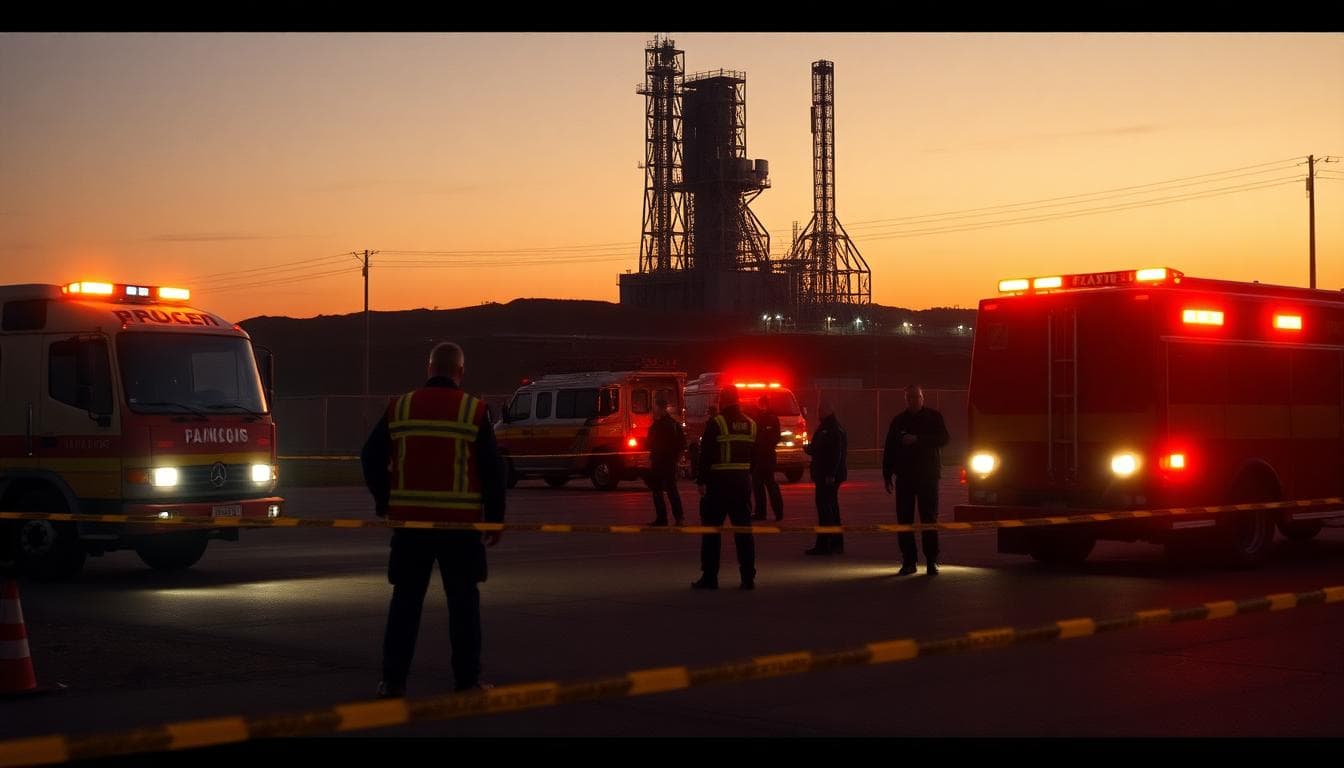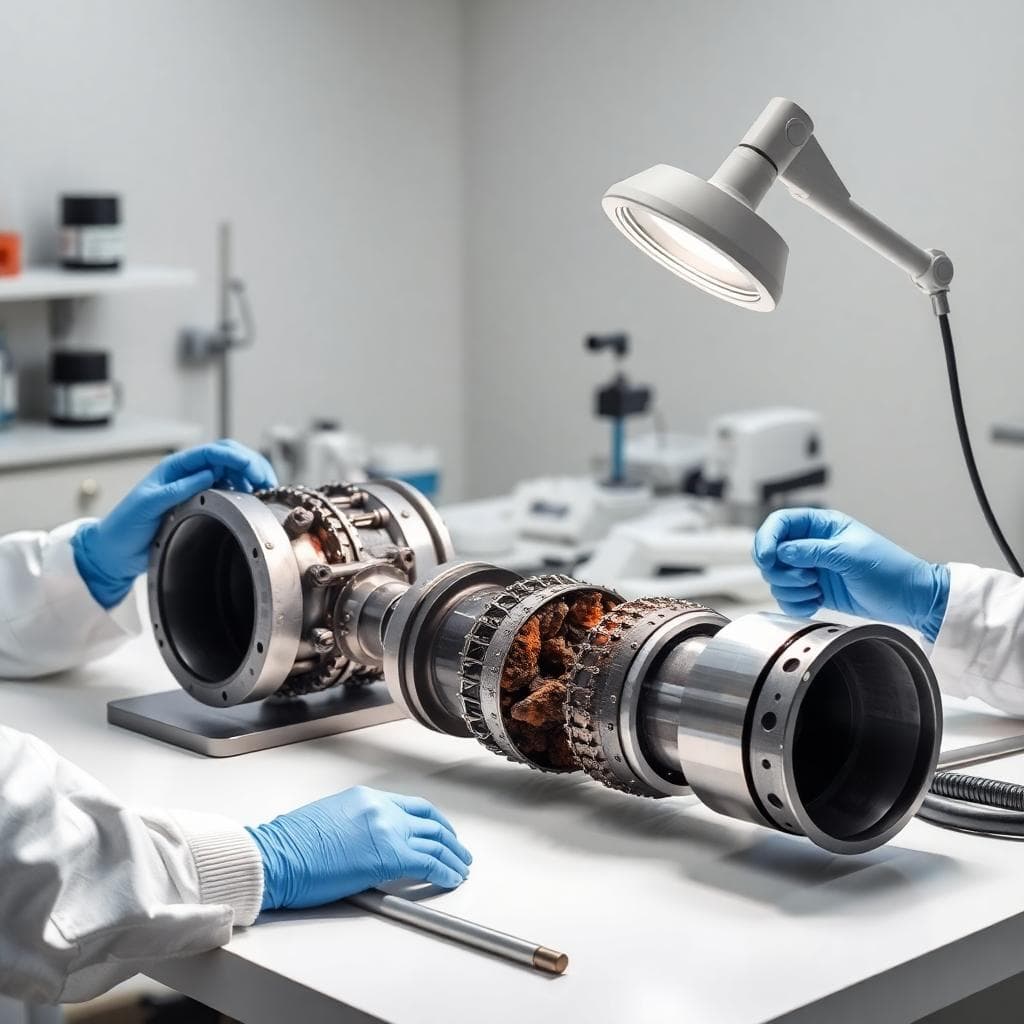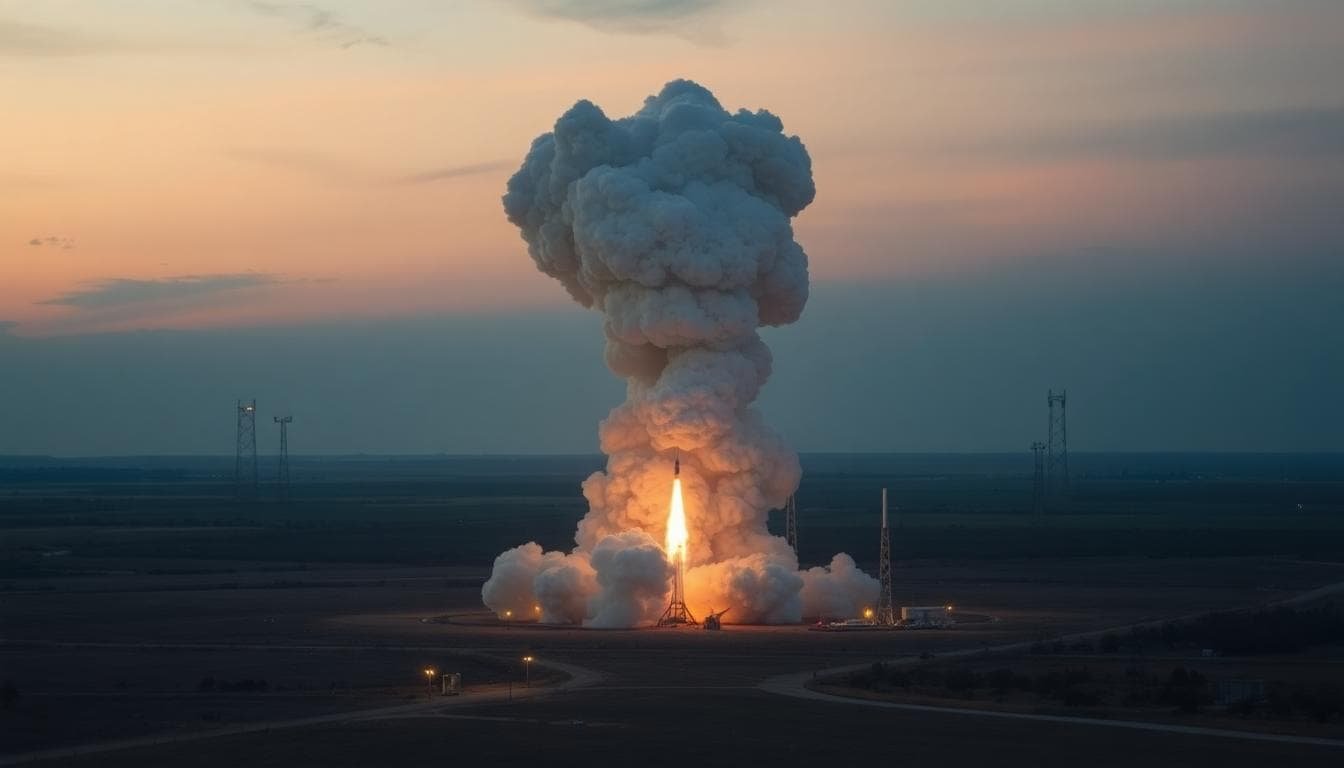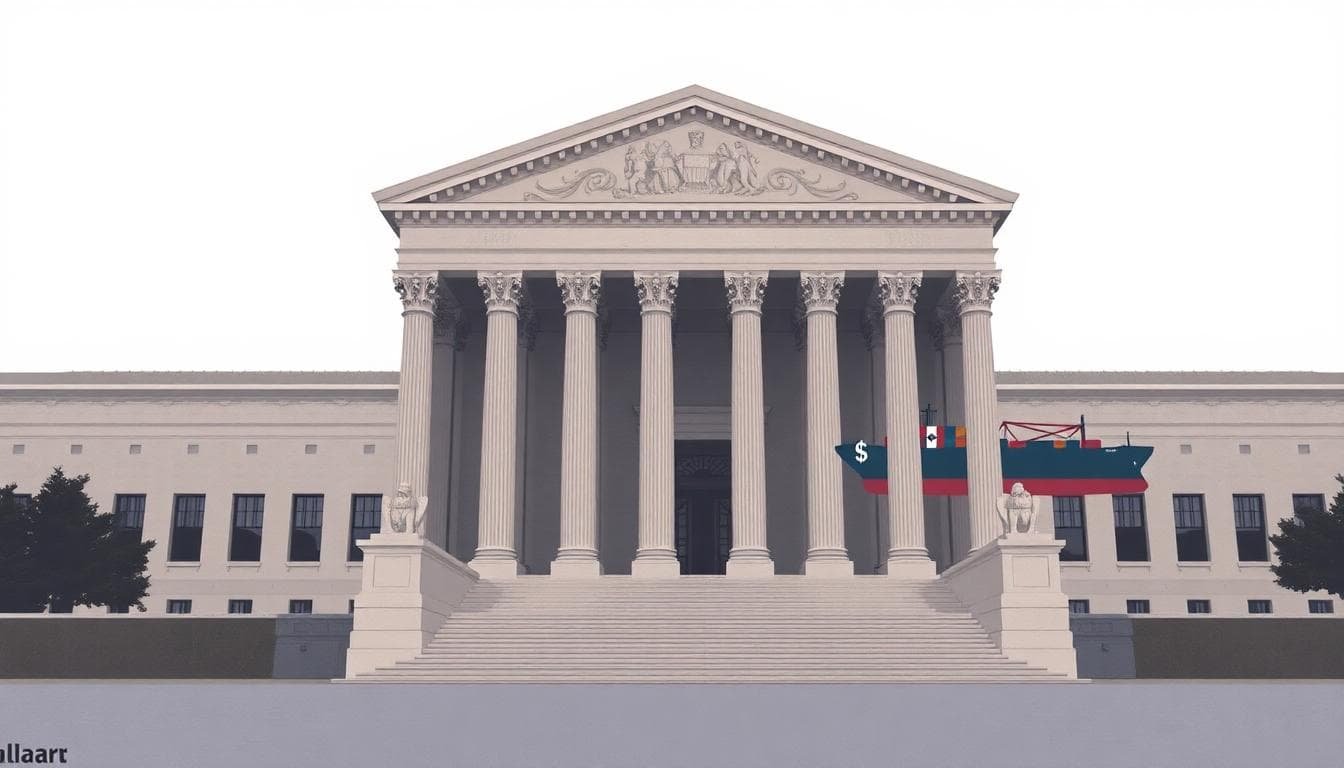Authorities say the blast triggered widespread reports of shaking and loud booms, but early assessments show no casualties.
Residents across Central Texas reported a powerful boom and ground shake after an explosion at a rocket test site. The incident sent a large plume of smoke into the sky and drew a swift response from local fire crews, law enforcement, and on-site safety teams. Officials said there were no injuries reported as of the latest update.
Witnesses described windows rattling and pets startling as the shockwave passed through neighborhoods and rural areas. Calls quickly flooded emergency lines, but responders urged calm while teams secured the test area and checked for secondary hazards.
What Authorities Have Confirmed So Far
Local officials and company representatives confirmed a testing anomaly occurred during a scheduled operation at the facility. Safety systems activated, and responders established a perimeter to protect nearby roads and property.
- No injuries reported among employees or nearby residents.
- Fire crews contained small spot fires near the test stand and equipment.
- Air quality monitoring began as a precaution; officials said initial readings did not indicate public risk.
- An investigation is underway to determine the cause of the incident.
Authorities asked residents to avoid the area to allow heavy equipment and emergency vehicles to operate freely. Early photos showed scorched equipment near the test pad and debris that appeared confined to the immediate site.
How Far the Shockwave Reached
Reports of a loud boom came from multiple communities across Central Texas. Many residents said they felt a brief jolt or rumble, similar to thunder or a distant blast. While startling, the shockwave duration was short. Emergency officials said the perceived distance of the boom can vary with terrain, weather, and building structure.

Local agencies coordinated to confirm there was no ongoing threat. After initial checks, they emphasized that the event was isolated to the test facility and that the broader community remained safe.
What We Know About the Site and Testing
Rocket engine and propulsion testing involves controlled burns, pressure systems, and cryogenic fuels. Facilities are designed with safety zones, barriers, and automated shutdowns. Even with these safeguards, anomalies can happen. When they do, the primary goals are to protect people, contain any fire, and secure equipment for inspection.
Experts note that test stands are built to channel force away from personnel areas and that crews rehearse emergency procedures. The lack of injuries suggests these systems worked as intended. The investigation will focus on the sequence of events, sensor data, materials performance, and any maintenance or procedural factors.
Community Impact and Response
In the minutes after the blast, residents turned to social media and local news to confirm what happened. Emergency managers issued brief statements asking people to avoid the site, stay clear of smoke, and wait for verified updates. Schools and businesses in the area did not report damage, and utilities remained stable.

Local leaders praised the quick coordination between company safety personnel and public responders. They reminded residents to rely on official channels and to avoid sharing unverified images that could hinder ongoing work at the site.
Why These Incidents Happen During Testing
Propulsion testing pushes engines and systems to their limits by design. Teams test for heat, pressure, vibration, and repeated cycles to find weaknesses before flight. When something fails on the stand, investigators can collect more data than if a failure occurred in the air. While dramatic, a contained test anomaly can improve long-term safety and reliability.
Typical next steps include a stand-down from testing, a data review, component teardown, supplier checks, and updates to procedures or hardware. Regulators and local authorities may review findings depending on the outcome.
What Residents Can Do Right Now
Officials say there is no immediate threat to the public. Still, if you live near the area, here are simple precautions:
- Keep a window closed if smoke is visible or odors are present.
- Avoid the test site and surrounding access roads to reduce congestion.
- Follow updates from local emergency management and the company’s official channels.
- Report any debris found on your property to local authorities rather than handling it.
- Document any damage for insurance, although widespread damage has not been reported.
What Comes Next in the Investigation
Investigators will assemble a timeline using sensor logs, footage, and witness statements. They will examine fuel lines, valves, turbomachinery, mounts, and control systems. Materials will be tested for heat and stress effects. The team will also review procedures, staffing, and maintenance records.

Expect a preliminary statement in days, followed by deeper findings later. Testing typically remains paused until the team confirms a safe path forward.
A powerful explosion at a rocket test site sent shockwaves across Central Texas, rattling nerves but causing no injuries, according to officials. Emergency teams secured the area, monitored air quality, and began an investigation. While dramatic, the event appears contained to the test stand. The focus now is on root-cause analysis and clear communication with the community.
To contact us click Here .







